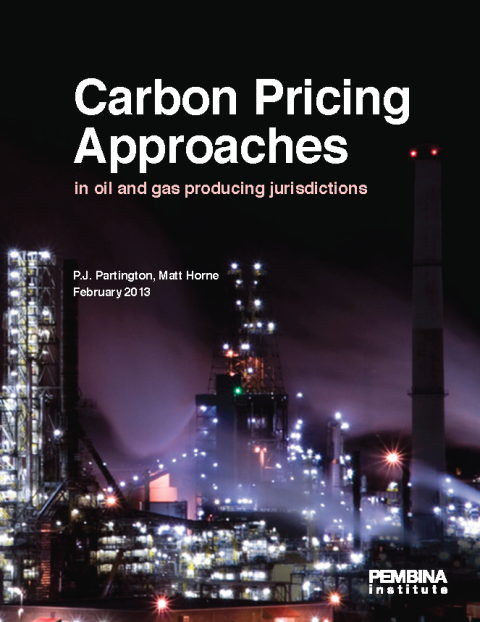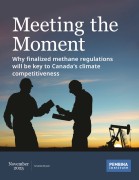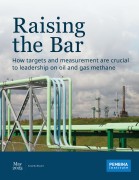Carbon pricing is increasingly being implemented around the world as policymakers seek to drive innovation and cut greenhouse gas emissions at lowest cost. Major oil and gas producing jurisdictions are no exception to this trend. In this report, we explore the details of these systems in Alberta, British Columbia, California, Australia, Norway, and the European Union. These jurisdictions were chosen because they produce significant amounts of oil, gas, and refined petroleum products, in addition to having implemented various approaches to carbon pricing.
The following metrics are examined:
- Carbon price: The carbon price that will apply in 2013, in CAD per tonne.
- Coverage: The proportion of the jurisdiction’s total greenhouse gas (GHG) emissions (combustion, fugitives, industrial process, land-use change, agriculture, etc.) covered by the carbon price.
- Hard cap: Whether or not the system places an absolute limit on the total emissions of covered entities.
- Percentage of allowance value collected by government: The proportion of total allowance value that flows to government.
- Offsets for compliance: The extent to which offsets may be purchased for compliance.
- Anticipated revenue: Projected public revenue from the system in 2013.
- Allocation of revenue: The planned or legislated use of carbon pricing revenues collected by government.








